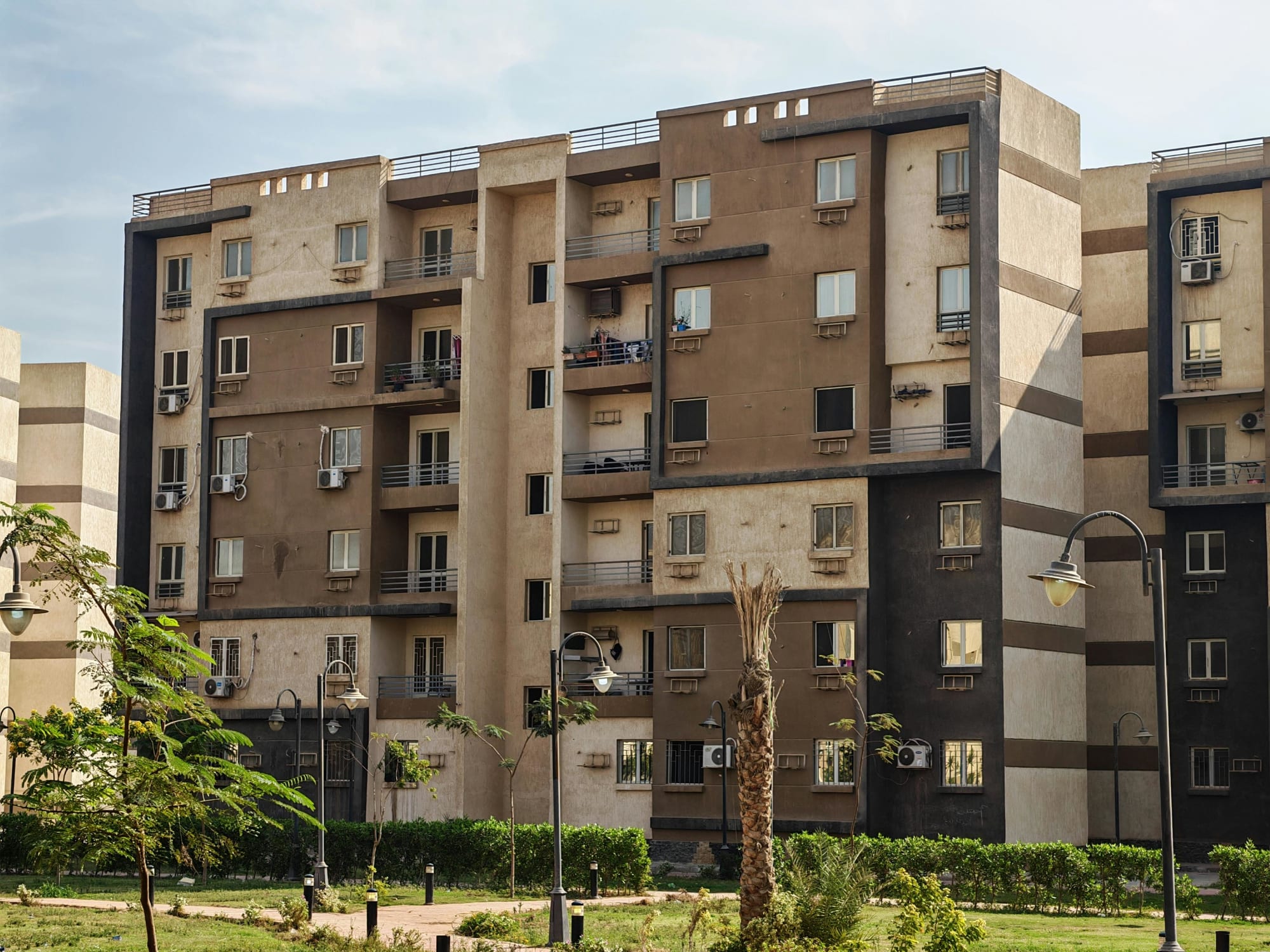Invest
Bubble trouble or a lot of hot air?
As the bubble talk reaches boiling point, it’s important for you to realise where the risks actually lie.
Bubble trouble or a lot of hot air?
As the bubble talk reaches boiling point, it’s important for you to realise where the risks actually lie.

With the Australian housing market now three years into another growth phase, we have seen dwelling values across the CoreLogic RP Data combined capitals index rise by just over 22%, or 7.5% per annum. Most of the capital gains for housing have been centred in Sydney and to a lesser extent, in Melbourne. Over individual growth cycles to date, Sydney dwelling values have increased by 39.3% and Melbourne values are up 22.4%. Darwin has been the next best performer with values increasing 18.3%, however this market has already moved into decline with values falling by 2% over the past year.
The remaining capital cities have recorded much more modest rates of growth such as Perth where values are up 13.2% over the current cycle, but this market is winding down with values up just 0.7% over the past twelve months.
Brisbane values have moved 10.6% higher over the cycle and capital gain conditions across Australia’s third largest city remain sluggish with values moving 3.1% higher over the past year. Similarly, Adelaide values are 9.9% higher over the cycle, Hobart has seen values rise by 7.7% and Canberra values are 8.3% higher.
Any debate around the sustainability of dwelling value growth needs to be firmly centred on the Sydney and Melbourne market where growth conditions are substantially higher.

This then begs the question, are these cities in a bubble? Without doubt there are a range of indicators that point to substantially higher risks in the Sydney and Melbourne housing markets.
- The pace of dwelling value growth is substantially higher than income growth.
- Wages across New South Wales have increased by 8.3% over the past three years while home values are up 39.3%. Additionally, according to GDP data, real disposable income levels are up by just 1.9% over the past three years. It is reasonable to expect dwelling values to move in line with household incomes over the long term; without any expectations that income growth will accelerate over the next couple of years, the fact that dwelling values are growing at a substantially higher rate than incomes poses a heightened risk and has eroded affordability.
- Dwelling values in Sydney and Melbourne are increasing faster than rents which is placing downwards pressure on rental yields.
- Over the past three years, Sydney rents have risen by 10% compared with nearly 40% value growth. In Melbourne, rents have risen by a lower 6.8% over the past three years compared with a 22.4% rise in dwelling values. With gross rental yields for a Sydney house now at 3.4% and 3.2% in Melbourne, the ratio of dwelling values to rents is looking decidedly unhealthy.
- Considering the low rental yield environment in Sydney and Melbourne, the level of investment in these markets is looking increasingly exuberant. According to the Australian Bureau of Statistics, 60% of all new mortgage originations in New South Wales were investment related and in Victoria the proportion of investors is substantially lower (but still high on an historical basis) at 48.6%. Investors are clearly speculating on future capital gains and paying little attention to the fact that yields are approaching record lows.
- Household leverage has moved to new record highs, which means households are more sensitive to changes in circumstances such as job loss, sickness and rising interest rates. According to data from the Reserve Bank, the ratio of household debt to disposable income reached 153.8% at the end of last year and has likely risen further since that time. The vast majority of this debt (140.3% of the 153.8%) relates to housing debt.
- Finally, housing supply is ramping up, with the number of homes approved for construction moving through record highs. While additional supply is a healthy phenomenon for the housing market and the economy (thanks to the significant economic multiplier effect of housing construction), there are some regions where the number of homes approved for construction is out of balance with demand which could limit the future opportunities for capital gains.
In balance, there are also factors that are likely to prevent dwelling values from collapsing.
- Firstly households continue to save a large proportion of their income which provides some protection against a housing market downturn. According to the ABS, the household savings ratio in March was 8.3%, suggesting households remain somewhat conservative. It should be noted that the savings ratio is now at its lowest level since March 2008 and trending lower. In its latest Financial Stability Review, the RBA points out that the average mortgage buffer, based on funds held in offset accounts and redraw facilities, has grown to be 16% of outstanding balances, which is more than two years’ worth of scheduled repayments.
- We aren’t seeing a ramp up in credit growth, with the pace of housing credit increasing at 7.2% per annum, well below historic averages. To provide some context, during the 2000-2004 property boom, annual housing credit growth peaked at almost 22% and in the 2006/07 growth periods housing credit reached an annual high of 14.6%. Despite the lower rate of credit growth, the total value of outstanding housing credit is substantially higher now than it was in the 2000-04 boom.
- Credit standards remain responsible and are tighter than what was evident prior to the Global Financial Crisis. New mortgages with a loan to valuation ratio of 90% or higher are diminishing as a proportion of all new mortgages (measured at 11.1% in March this year) and new loans with an LVR of 80-90% are holding relatively firm at just over 21% of all new mortgages. Additionally 90 day+ arrears rates remain well below 1% of all mortgages at just 0.5%.
- While new housing supply is around record levels, population growth is also high. The national population is increasing at the rate of 1.5%, with more than 40% of population growth attributable to organic growth (i.e.natural increase of more births than deaths). The boom cities of Sydney and Melbourne haven’t seen a slowdown in population growth like what has been recorded in the capital cities of the mining related states. So, while new housing supply is ramping up, population growth remains strong in those cities where the majority of new supply is coming on line. Furthermore New South Wales and Victoria are becoming more popular destinations for overseas migrants as the mining investment boom fades.
- Finally, the stock of advertised homes has been trending lower over the past few years in Sydney and Melbourne. In fact, the total number of properties being advertised for sale across Sydney in May this year was 22% lower than a year ago. The low stock levels are another factor that is creating some urgency in the market and placing upwards pressure on home prices.
Overall, the risk of a substantial correction in dwelling values across the Australian housing market is most concentrated in Sydney and Melbourne where dwelling values have increased substantially post GFC.
Tim Lawless, research director, CoreLogic RP Data

Property
Australia’s mortgage knife‑fight: investors, first‑home buyers and the new rules of lender competition
The mortgage market is staying hot even as rate relief remains elusive, with investors and first‑home buyers chasing scarce stock and lenders fighting for share on price, speed and digital experienceRead more

Property
Breaking Australia’s three‑property ceiling: the finance‑first playbook for scalable portfolios
Most Australian investors don’t stall at three properties because they run out of ambition — they run out of borrowing capacity. The ceiling is a finance constraint disguised as an asset problem. The ...Read more

Property
Gen Z's secret weapon: Why their homebuying spree could flip Australia's housing market
A surprising share of younger Australians are preparing to buy despite affordability headwinds. One in three Gen Z Australians intend to purchase within a few years and 32 per cent say escaping rent ...Read more

Property
Tasmania’s pet-positive pivot: What landlords, BTR operators and insurers need to do now
Tasmania will soon require landlords to allow pets unless they can prove a valid reason to refuse. This is more than a tenancy tweak; it is a structural signal that the balance of power in rental ...Read more

Property
NSW underquoting crackdown: the compliance reset creating both cost and competitive edge
NSW is moving to sharply increase penalties for misleading price guides, including fines linked to agent commissions and maximum penalties up to $110,000. Behind the headlines sits a more ...Read more

Property
ANZ’s mortgage growth, profit slump: why volume without margin won’t pay the dividends
ANZ lifted home-lending volumes, yet profits fell under the weight of regulatory and restructuring costs—an object lesson in the futility of growth that doesn’t convert to margin and productivityRead more

Property
Rate pause, busy summer: where smart capital wins in Australia’s property market
With the Reserve Bank holding rates steady, the summer selling season arrives with rare predictability. Liquidity will lift, serviceability stops getting worse, and sentiment stabilises. The ...Read more

Property
The 2026 Suburb Thesis: A case study in turning trend lists into investable strategy
A new crop of ‘suburbs to watch’ is hitting headlines, but translating shortlist hype into bottom-line results requires more than a map and a mood. This case study shows how a disciplined, data-led ...Read more

Property
Australia’s mortgage knife‑fight: investors, first‑home buyers and the new rules of lender competition
The mortgage market is staying hot even as rate relief remains elusive, with investors and first‑home buyers chasing scarce stock and lenders fighting for share on price, speed and digital experienceRead more

Property
Breaking Australia’s three‑property ceiling: the finance‑first playbook for scalable portfolios
Most Australian investors don’t stall at three properties because they run out of ambition — they run out of borrowing capacity. The ceiling is a finance constraint disguised as an asset problem. The ...Read more

Property
Gen Z's secret weapon: Why their homebuying spree could flip Australia's housing market
A surprising share of younger Australians are preparing to buy despite affordability headwinds. One in three Gen Z Australians intend to purchase within a few years and 32 per cent say escaping rent ...Read more

Property
Tasmania’s pet-positive pivot: What landlords, BTR operators and insurers need to do now
Tasmania will soon require landlords to allow pets unless they can prove a valid reason to refuse. This is more than a tenancy tweak; it is a structural signal that the balance of power in rental ...Read more

Property
NSW underquoting crackdown: the compliance reset creating both cost and competitive edge
NSW is moving to sharply increase penalties for misleading price guides, including fines linked to agent commissions and maximum penalties up to $110,000. Behind the headlines sits a more ...Read more

Property
ANZ’s mortgage growth, profit slump: why volume without margin won’t pay the dividends
ANZ lifted home-lending volumes, yet profits fell under the weight of regulatory and restructuring costs—an object lesson in the futility of growth that doesn’t convert to margin and productivityRead more

Property
Rate pause, busy summer: where smart capital wins in Australia’s property market
With the Reserve Bank holding rates steady, the summer selling season arrives with rare predictability. Liquidity will lift, serviceability stops getting worse, and sentiment stabilises. The ...Read more

Property
The 2026 Suburb Thesis: A case study in turning trend lists into investable strategy
A new crop of ‘suburbs to watch’ is hitting headlines, but translating shortlist hype into bottom-line results requires more than a map and a mood. This case study shows how a disciplined, data-led ...Read more








